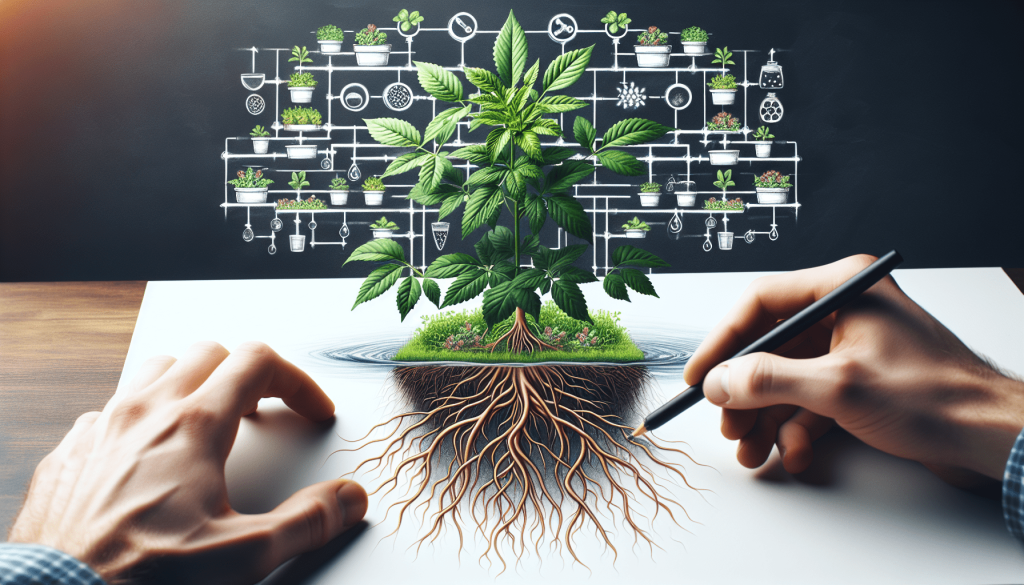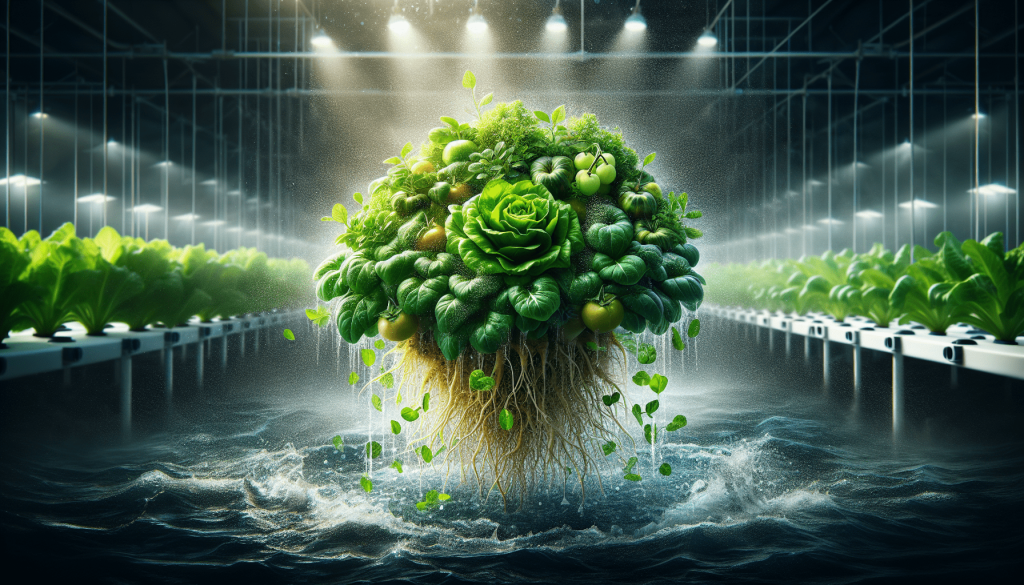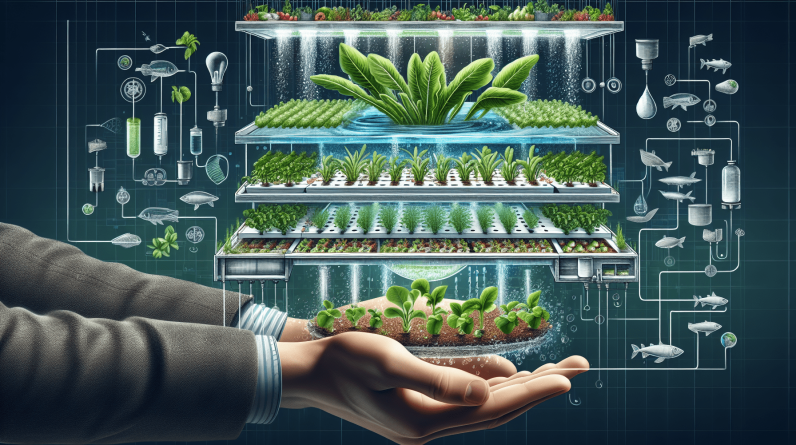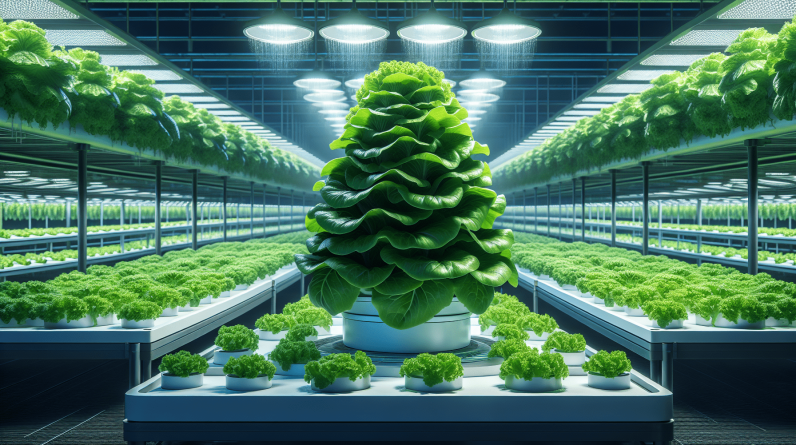
Boosting Hydroponic Yields: Simple Tweaks
Are you looking to maximize your hydroponic crop production? In this article, you will discover simple tweaks you can make to your hydroponic system to significantly boost your yields. Hydroponic gardening offers a wealth of benefits, and with a few adjustments, you can optimize your setup for optimal results.

Understanding the Basics of Hydroponics
So, you’re ready to take your hydroponic system to the next level. Before we dive into the specific tweaks you can make, it’s essential to understand the basics of hydroponics. This innovative method of growing plants without soil involves supplying essential nutrients directly to the plant roots through a nutrient-rich water solution. By eliminating the need for soil, hydroponic systems can significantly increase growth rates and overall plant health.
Choosing the Right Plants for Your Hydroponic System
When it comes to maximizing your hydroponic yields, the first step is selecting the right plants for your system. While hydroponics can support a wide variety of crops, some plants are better suited for this method of cultivation than others. Leafy greens, herbs, tomatoes, cucumbers, and peppers are popular choices for hydroponic gardening due to their ability to thrive in nutrient-rich water solutions.
Ensuring Proper Lighting for Optimal Growth
Light is a crucial factor in plant growth, and in a hydroponic system, providing adequate lighting is essential for maximizing yields. LED grow lights are a popular choice for hydroponic setups, as they are energy-efficient and provide the right spectrum of light for plants to thrive. Positioning your lights at the correct distance from your plants and ensuring they receive 12-16 hours of light per day will help optimize growth and yield.
Maintaining Proper Nutrient Levels
In a hydroponic system, plants rely on you to provide all the necessary nutrients for their growth. It’s crucial to monitor and maintain the proper nutrient levels in your water solution to ensure your plants are receiving everything they need to thrive. Using a high-quality hydroponic nutrient solution and regularly testing and adjusting the pH levels of your water will help prevent nutrient deficiencies and promote healthy growth.

Proper Watering and Aeration Techniques
Proper watering and aeration are essential components of a successful hydroponic system. Overwatering can lead to root rot and other issues, while underwatering can stunt plant growth and reduce yields. Using a timer to automate your watering schedule and ensuring proper aeration of your water solution through air stones or pumps will help maintain optimal growing conditions for your plants.
Regular Maintenance and Cleaning
Like any gardening system, hydroponic setups require regular maintenance and cleaning to ensure optimal performance. Regularly inspecting your system for clogs, leaks, or other issues, and cleaning your reservoir and growing trays will help prevent nutrient imbalances and other problems that can impact yield. Keeping your system clean and well-maintained is key to maximizing your hydroponic yields.

Pest and Disease Management
One of the advantages of hydroponic gardening is the reduced risk of soil-borne pests and diseases. However, pests such as aphids, spider mites, and whiteflies can still pose a threat to your plants. Implementing preventative measures such as regularly inspecting your plants for signs of pests, using sticky traps, and introducing beneficial insects can help manage pest populations and prevent infestations that can reduce your yields.
Monitoring and Adjusting Environmental Conditions
Environmental conditions such as temperature, humidity, and airflow play a significant role in plant growth and yield in a hydroponic system. Investing in a quality thermometer and hygrometer to monitor these conditions and adjusting them as needed will help create an optimal growing environment for your plants. Proper ventilation and air circulation are also critical for preventing mold and mildew growth and ensuring healthy plant development.

Experimenting with Different Growing Techniques
As you continue to fine-tune your hydroponic system, don’t be afraid to experiment with different growing techniques to see what works best for your plants. Techniques such as deep water culture, nutrient film technique, and ebb and flow systems each have their advantages and can be tailored to suit the needs of different plants. By exploring different methods and observing how your plants respond, you can optimize your system for maximum yield.
Implementing Automation and Technology
To truly take your hydroponic yields to the next level, consider implementing automation and technology into your setup. Automated systems for watering, nutrient delivery, and lighting can help maintain consistent growing conditions and optimize plant growth. Additionally, using monitoring devices and apps to track nutrient levels, pH, and environmental conditions can provide valuable data to help you make informed adjustments to your system.

Seeking Guidance and Community Support
Finally, don’t be afraid to seek guidance and support from the hydroponic community. Whether you join a local gardening group, participate in online forums, or attend workshops and events, connecting with other hydroponic enthusiasts can provide valuable insights and advice to help you improve your yields. By sharing knowledge and experiences with others, you can continue to learn and grow as a hydroponic gardener.
By implementing these simple tweaks and strategies, you can enhance your hydroponic system and maximize your yields. With a combination of proper plant selection, lighting, nutrient management, watering techniques, maintenance, pest control, environmental monitoring, growing techniques, automation, and community support, you can create an efficient and productive hydroponic garden that yields fresh, healthy crops year-round. Happy growing!










